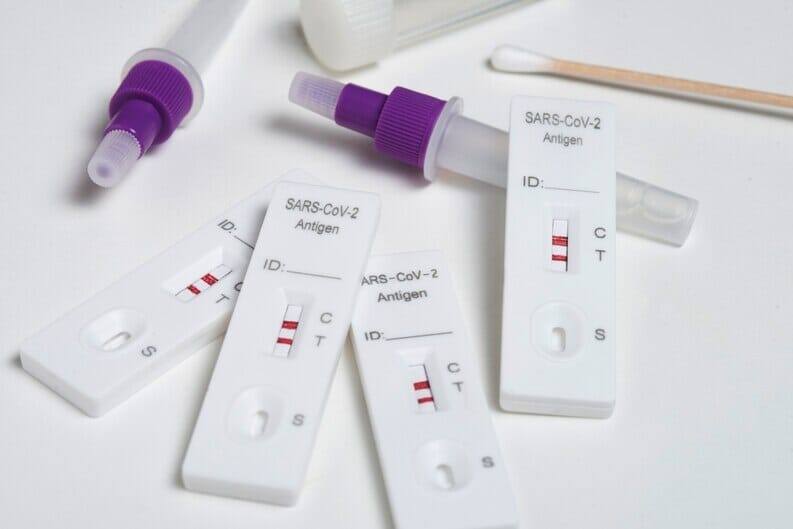
The Reliability and Accuracy of COVID-19 Tests
In the wake of the COVID-19 pandemic, testing remains a critical tool in controlling further spread. Testing not only helps in identifying infected individuals but also contribute essential data for public health responses. However, comprehending the accuracy of these tests is necessary to interpret the results correctly and make informed decisions. Let’s explore the reliability of COVID-19 tests and study the concepts of false positive and false negative rates.
Understanding the Different Types of COVID-19 Tests
Many COVID-19 tests are available, but the most commonly used are diagnostic tests to detect the presence of the virus, such as the PCR test, and antigen test which is also called rapid test.
Reliability of Diagnostic Tests
- PCR Tests: Polymerase Chain Reaction (PCR) is regarded as the gold standard for COVID-19 diagnosis. PCR tests are highly accurate. These tests detect the virus's genetic material and are sensitive enough to identify even small amounts of viral RNA. When administered correctly by trained professionals, PCR tests exhibit a reliability of 97-99%.
- Antigen Tests: Antigen tests are more rapid and cost-effective than PCR tests, but their accuracy is relatively lower. They identify viral proteins and may have a slightly higher chance of producing false-negative results, especially in individuals with low viral loads or in the early stages of infection. The reliability of antigen tests typically ranges between 85-95%.
False Positives and False Negatives
- False Positives: A false positive occurs when an individual is incorrectly identified as having COVID-19 when they are, in fact, not infected. This can lead to unnecessary anxiety, isolation, and additional testing. False positives are more common with rapid antigen tests, especially if the prevalence of the virus is low in the tested population.
- False Negatives: A false negative occurs when an infected individual receives a negative test result. Several factors can contribute to false negatives, including the timing of the test (early or late in the infection), improper sample collection, or issues with the test's sensitivity. PCR tests generally have a lower risk of false negatives than antigen tests.
Factors Affecting Test Accuracy
Several factors influence the accuracy of COVID-19 tests:
Timing of Testing: The accuracy of tests can vary depending on the stage of infection. PCR tests are more reliable during the early stages of infection when the viral load is high, while antigen tests might perform better later in the infection.
Sample Collection: Proper sample collection is critical for accurate results. Nasopharyngeal swabs are considered more reliable than other sampling methods, such as nasal or saliva tests.
Test Quality and Manufacturer: The performance of a test can vary depending on the manufacturer and its specific design. Always follow manufacturer instructions.
To conclude, COVID-19 testing remains a pivotal component in controlling the spread, but understanding the accuracy of these tests is paramount. PCR tests are highly reliable for diagnosis, while antigen tests offer rapid results but have a slightly higher risk of producing false negatives. To minimize the likelihood of false positives and false negatives, adherence to proper testing protocols and interpretation is crucial.
Leave a comment